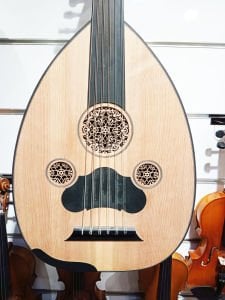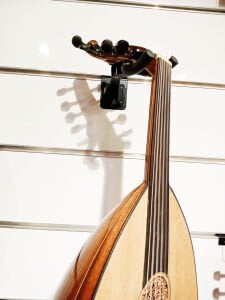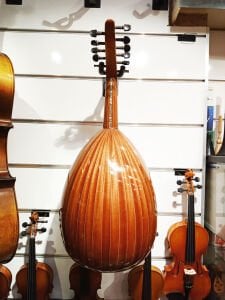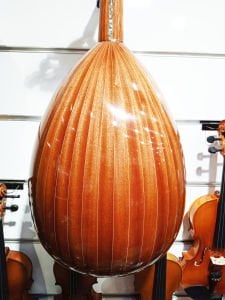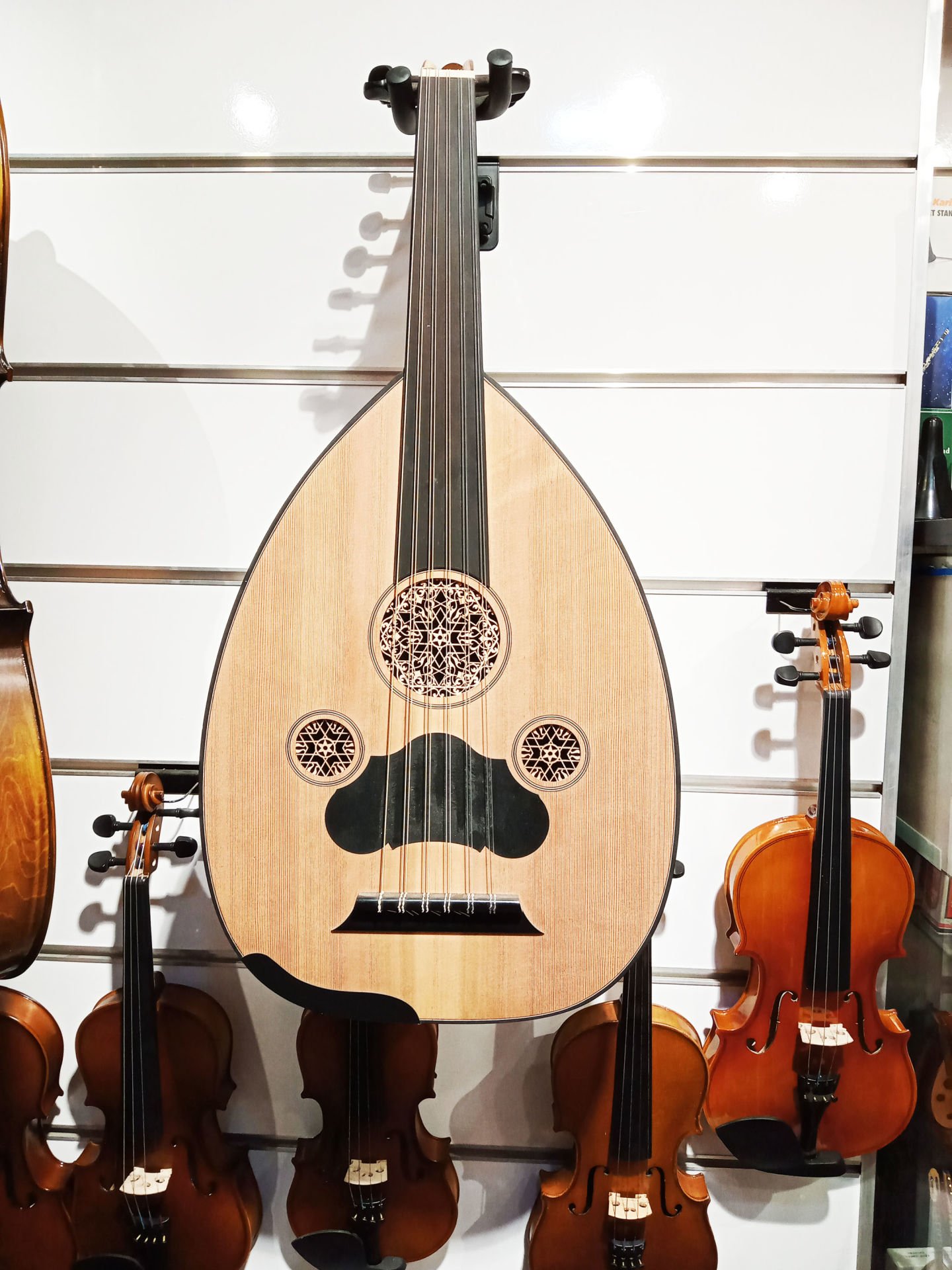Turkısh Oud TO-102
- Handmade
- All Solid Wood
- Long Fingerboard
Sizes of Turkish Oud:
- Bridge To Nut: 58,5 cm
- Bowl 48cm
- Width 37cm
Materials of Turkish Oud:
- Mahogany Bowl
- Cedar Face
- Ebony Pegs
Turkish Oud comes with:
- Extra strings
- Plectrum
- Soft Case
Oud Instrument:
Oud (written as "ud” in Turkish) is the ancestor of the European lute. Its name derives from "al-ud” (the lute). It is not a native Turkish instrument, but it has been played in Anatolia for at least five centuries. The oud is an instrument that is considered as the king, the sultan of musical instruments. This instrument occupies a great place in Turkish Art Music, Turkish urban music (in fasil orchestras) and in arabesque music. Turkish ouds have a bright, nice sound due to their tense strings and thin soundboards. This timbre differs Turkish oud from the Arabic oud. Turkish ouds are kinds of ouds employed in Turkey and Greece. Turkish oud, like other types of oud, is fretless and it is played with a single pick. The contemporary Turkish oud is a six-course oud: it has five pairs and an additional sixth, bass string. This extra string enables the instrument to generate a wider range of pitches. It also increases the ease of playing by enabling the performer to wander through three octaves. Therefore, modern In general, Turkish ouds consist of eleven strings, but on our website, you will find special Turkish ouds with thirteen strings. Turkish ouds have large soundboxes made of a series of ribs. The soundbox of the oud is also the body which is called a bowl. The materials used in the bowls of the ouds in our store vary. Certainly, they are all made of high-quality woods such as mahogany, maple, and walnut. Their flat front surfaces or the faces are from spruce, which is a lightweight wood that reverberates when struck.


